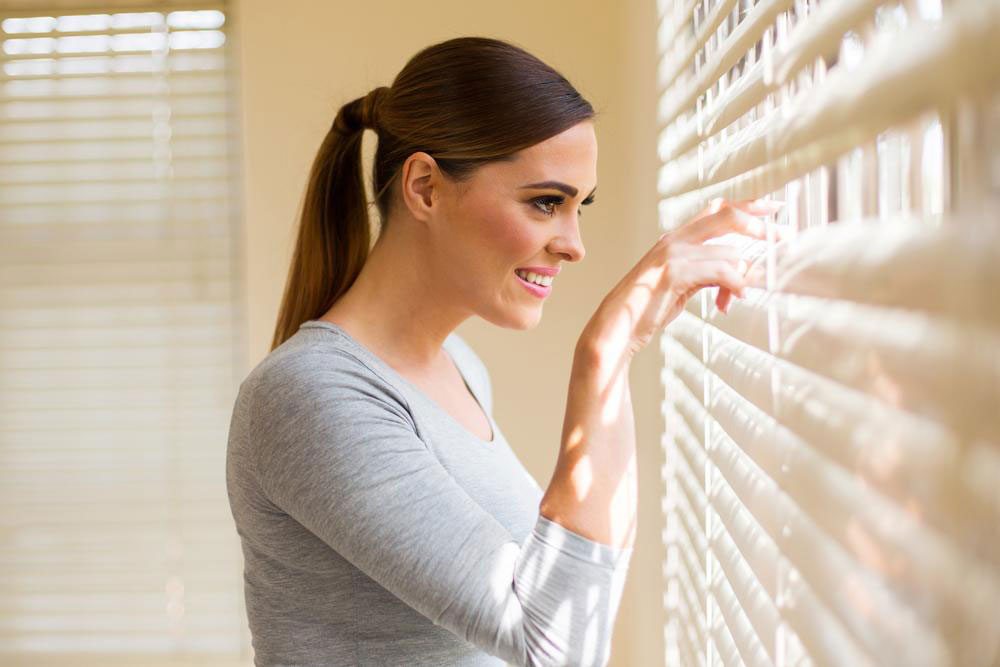Comprehensive Guide to Selecting the Ideal Trampoline for Your Home
Discovering the perfect trampoline involves understanding critical safety features, ideal sizes, and suitable locations. This comprehensive guide covers everything from safety precautions to weather resistance, helping you choose a trampoline that offers fun and fitness for your family. Learn how to select a durable, safe, and appropriately sized trampoline that fits your space and enhances outdoor or indoor activities, ensuring a safe and enjoyable experience for children and adults alike.

Comprehensive Guide to Selecting the Ideal Trampoline for Your Home
Are you contemplating purchasing a trampoline for your backyard or indoor play area? Making the right choice is crucial to maximize enjoyment, ensure safety, and promote health benefits. Trampolines are not just fun recreational equipment; they also provide excellent cardiovascular exercise, help improve coordination, and can be a source of family bonding. However, selecting the correct trampoline involves understanding various key features, safety considerations, space requirements, and durability factors. This comprehensive guide aims to equip you with all the necessary information to make an informed decision that suits your needs and ensures safety for everyone.
Jumping on a trampoline can be a delightful activity that encourages physical activity and fun for all age groups. Despite the benefits, safety must always be a top priority. Although some professional brands may discourage household use due to safety concerns, with proper precautions and adherence to safety guidelines, trampolines can be safely enjoyed in your home environment.
Here are essential tips to help you choose the perfect trampoline:
Prioritize Safety First: Make sure to limit the number of jumpers to one at a time to prevent collisions. Avoid performing flips or daring acrobatics without supervision, especially for children. Never jump onto hard surfaces or off the trampoline onto nearby objects, as this significantly increases injury risk. Proper safety nets, padding, and enclosures are critical to prevent falls and prevent jumpers from falling off the trampoline edge.
Choose an Appropriate Location: Select a flat, soft surface such as grass or a specially designed trampoline mat base. The area should have at least three to four feet of clearance on all sides to prevent collisions with nearby objects or structures. Ensure the spot is free of rocks, debris, or hard objects that could cause injury. Installing a safety enclosure net around the trampoline adds an extra layer of security, especially for children.
Consider Shape and Size: Trampolines are available in various shapes, including round, rectangular, octagonal, oval, and square. The size ranges from compact 6-foot models to large 18-foot or bigger units suitable for spacious yards. Round trampolines are the most popular for home use due to their natural safety feature—centered jumps and inward-directed bounce reduce the risk of falls. Rectangular trampolines are preferred by gymnasts and athletes for their higher, more precise bounce quality. The number of springs influences bounce intensity: more springs generally provide a higher, more bounce-friendly experience.
Durability and Weather Resistance: For outdoor use, select trampolines with weather-resistant frames, PVC safety nets, and UV-protected padding. These features help extend the lifespan of your trampoline, protecting it from rain, wind, sun exposure, and temperature fluctuations. Regularly inspect and maintain your trampoline to ensure all components are secure and in good condition.
Spring Quality and Bounce Performance: Higher-quality springs offer a smoother, more consistent bounce. When shopping, check the gauge and length of springs to ensure durability. Remember that larger models with more springs tend to have better bounce performance, but they require more space.
Additional Safety Features: Look for features like padded edges, safety enclosures, and easy-to-access entry points. Some models offer quick assembly and disassembly options, which are convenient for storage during off-seasons or adverse weather conditions. Confirm that the trampoline complies with safety standards and certifications in your region.
Maintenance and Longevity: Proper maintenance involves regular cleaning to remove dirt and debris, checking for rust or corrosion, and securing all parts firmly. Cover your trampoline when not in use to protect it from the elements, prolonging its lifespan.
In conclusion, choosing the right trampoline requires careful consideration of safety, size, shape, durability, and the environment where it will be installed. By following these guidelines, you can ensure that your investment results in a fun, safe, and health-promoting activity for your entire family. Remember, safety accessories and vigilant supervision are key to preventing accidents and making trampolining a joyful experience for everyone involved.





